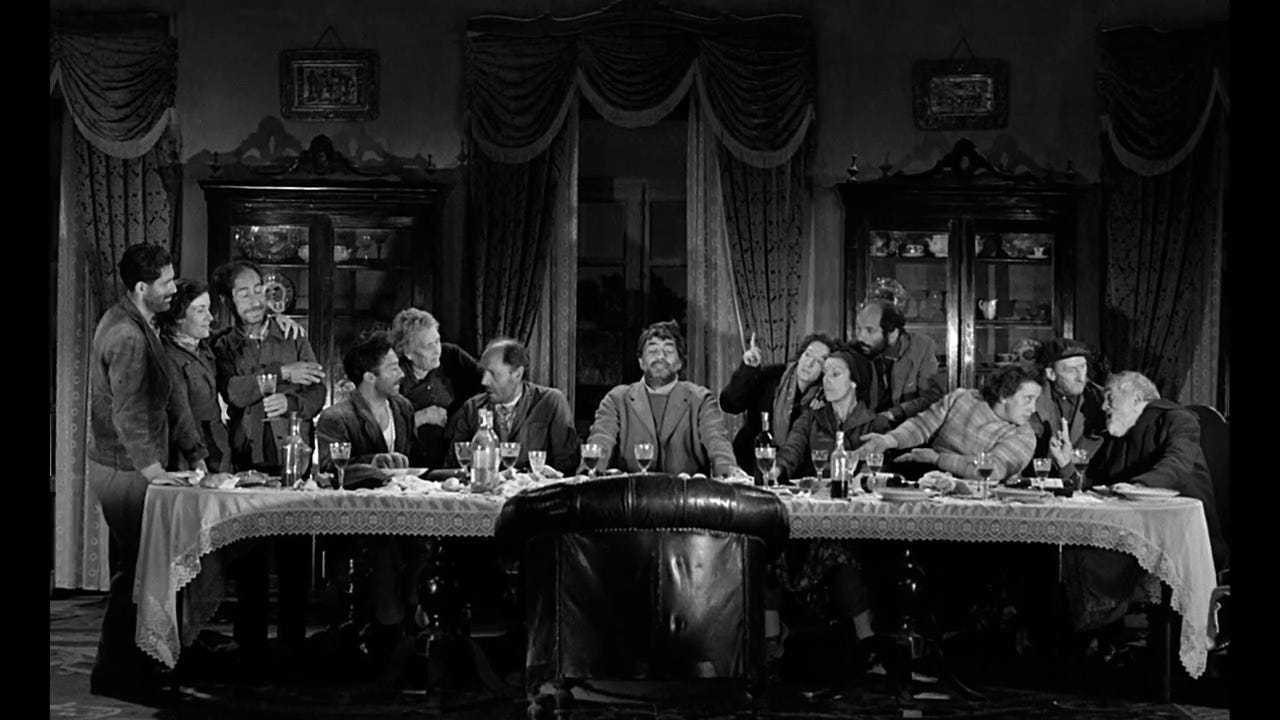January 7, 2021
Tell her I bring the horoscope myself:
One must be so careful these days.
TS Eliot, The Waste Land
The Mayan calendar is one of the most remarkable cultural achievements in Mesoamerica. It consisted of various cycles that included a “Long Count” (the days since creation) and the combination of a 260-day count with a 365 solar year known as the Haab. Because the Haab calendar consisted in 20 months of 18 days each, in order to add up to 365 it included a small period of 5 days known as “Wayeb” (or “Uayeb” in Western orthography) , which stands for “nameless days”. These were considered unlucky days, and as they entered that period the Maya feared for dangerous things to happen.
I am writing in a Uayeb period in American history.
We celebrated the New Year with ample 2020-themed memes, Covid sarcasm and good riddance jokes, thankful that we had left behind one of the most ignominious years of our lives. In the United States, the pandemic was of course compounded with a reckoning with the racist history of the country and the societal fruits of the incompetence, cruelty and abuse of an authoritarian leader. The electoral defeat of Donald Trump was a heartening moment that gave us an indescribable relief of that which, in the words of a political commentator, was a “near death experience” of democracy. In 20 days, the nation would return to some kind of normalcy — not without political battles and disagreements but saved at least from the lethal grip of authoritarianism.
And then yesterday happened. We watched in utter astonishment as a mob of Trump supporters, wielding weapons, Confederate flags and even ridiculous Braveheart-like costumes and Viking hats broke into the capitol, in a desecration scene that once seemed unthinkable.
As an immigrant in the U.S., it took me many years to fully appreciate the powerful symbolism that Washington D.C. contains for the national pride of this country. “This city was built not for people, but for posterity”, a friend told me once. Its grand historical narrative is exemplified by the pristine whiteness of its marble buildings, and its city-as-museum neoclassic-style grandeur evoking the Roman Republic. The break-in of the Capitol building reminded me of a famous scene in Luis Buñuel’s film Viridiana where a group of paupers break into their benefactor’s house, getting drunk and wreaking havoc, at some point having a rowdy dinner where, momentarily, they resemble a scene from the Last Supper— an ironic juxtaposition of the sacred and the profane. This brutal violation of a quasi-sacred symbol in the cultural mind of the American republic is a fitting end to the deranged nightmare of a government that we have had to endure over the last 4 years.
The historic events from yesterday, which many of us watched unfold in utter disbelief in front of a screen in real life, brought me back to the events of 9/11. Not so much the actual day, but rather the following day— when we all tried, or had to, resume our regular work lives while trying to make sense of what had just happened. Just like then, it was incredibly difficult for me to concentrate today at regular meetings; just like then, it felt absurd talking or thinking about art. In moments of urgency like those, art making truly feels secondary.
Which brings me back to the Mayan calendar.
In this “Uayeb” period in American politics, and the overlapping of one cycle with another, during the (in this case not-so-peaceful) transition of power, the country is always more vulnerable than ever. It is an age of anxiety, a period of recalibration. They are also moments where we need to pay attention at the world, at each other, at listening instead of speaking.
This should be followed, and undoubtedly will be followed, by a period of action. I have no doubt that what we have learned from this period will produce — and has already produced— meaningful, critical works that face the great challenges we are dealing with today: the rise of authoritarianism, the manipulation of truth, the quiet forces that support economic and racial inequities.
But the Mayan calendar teaches us also that time is diverse and complex, constituted with many different cycles. It’s the most external cycle, the long count, that we should pay attention to. This is true even more so in this period of clickbait, of the death of the attention span, where those things that occurred 48 hours ago are erased from our minds. We increasingly live in microscopic cycles, similar to the ones of the Mayfly, whose adult lifespan is 24 hours. Perhaps one of our challenges for the future is to challenge the imprisonment of those artificial cycles, and, while fully embracing the doubt and reflection provoked by the Uayeb, commit our work toward the long count. The long count is detached, but by virtue of that fact, it is also unemotional and less prone to the assault on reason and truth that are besieged during these moments. In this sense, the practice of the long count offers in itself, also, a form of freedom — and a way to confront the future periods of unnamed days that might lay ahead of us.




I would like to know all of the dates of the nameless days are they different each year specifically would like to know those dates for 2025 and forward